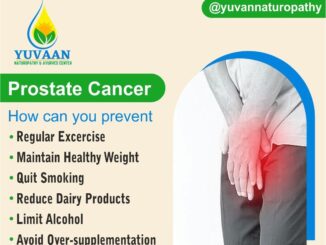
The Benefits and Techniques of Dry Needling: A Comprehensive Guide
Dry needling is a therapeutic technique used by chiropractors and physical therapists to alleviate muscle pain, improve mobility, and promote faster recovery. This method involves inserting thin, solid needles into trigger points or areas of muscle tightness to release tension and stimulate healing. While it shares similarities with acupuncture, dry needling is based on Western medicine principles and focuses on treating musculoskeletal pain and dysfunction.
How Dry Needling Works:
Dry needling targets myofascial trigger points, which are hyperirritable spots within a taut band of skeletal muscle. These trigger points can cause pain, restrict movement, and lead to dysfunction in the affected muscle and surrounding areas. By inserting needles directly into these points, dry needling helps to:
- Release Muscle Tension: The mechanical stimulation of the needle causes a local twitch response, which helps to release the tight muscle fibers and reduce tension.
- Improve Blood Flow: The insertion of the needle increases blood flow to the area, promoting the delivery of oxygen and nutrients while removing waste products.
- Reduce Pain and Inflammation: Dry needling can disrupt the pain cycle by decreasing the activity of pain-sensitive structures and reducing inflammation in the affected area.
- Enhance Healing: The micro-injuries created by the needles stimulate the body’s natural healing processes, promoting tissue repair and regeneration.
Benefits of Dry Needling:
- Pain Relief: Dry needling is highly effective in reducing pain, particularly for conditions like chronic neck and back pain, tendinitis, and muscle strains.
- Improved Mobility: By releasing muscle tension and trigger points, dry needling can enhance range of motion and flexibility.
- Faster Recovery: Athletes and individuals recovering from injuries can benefit from dry needling, as it promotes quicker healing and reduces recovery time.
- Targeted Treatment: Dry needling allows practitioners to target specific areas of pain and dysfunction, providing precise and effective treatment.
- Reduced Inflammation: The technique helps decrease inflammation, which is beneficial for conditions like tendinitis and bursitis.
What to Expect During a Dry Needling Session:
During a dry needling session, the therapist will first assess the area of pain or dysfunction to identify the trigger points. The procedure involves the following steps:
- Preparation: The therapist will cleanse the area to ensure it is sterile.
- Needle Insertion: Thin, sterile needles are inserted into the skin and muscle at the identified trigger points. Patients may feel a brief, sharp sensation as the needle penetrates the skin, followed by a twitch response or mild discomfort.
- Manipulation: The therapist may gently manipulate the needles to enhance the therapeutic effect. This can cause a slight aching or pressure sensation.
- Removal: After a few minutes, the needles are removed, and the area is typically massaged or stretched to further release tension.
Conclusion:
Dry needling is a powerful therapeutic technique that offers numerous benefits for pain relief, improved mobility, and faster recovery. By targeting myofascial trigger points and releasing muscle tension, dry needling can effectively treat a variety of musculoskeletal conditions. Whether you’re an athlete, dealing with chronic pain, or recovering from an injury, dry needling can be an invaluable addition to your treatment plan. Consult with a trained chiropractor or physical therapist to determine if dry needling is right for you.




Be the first to comment